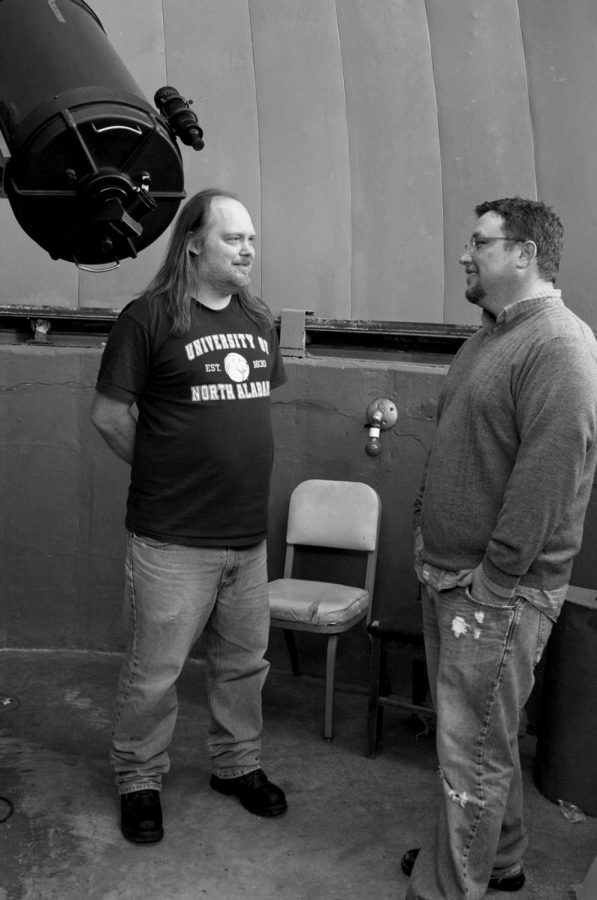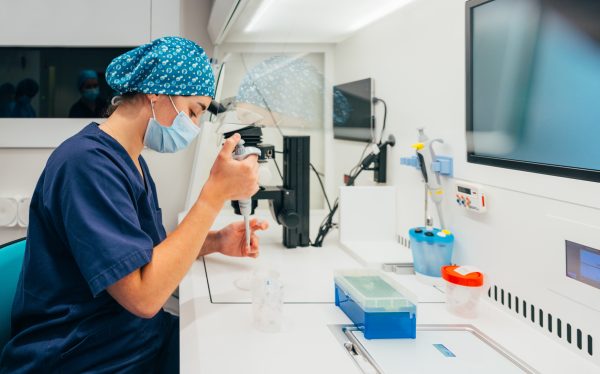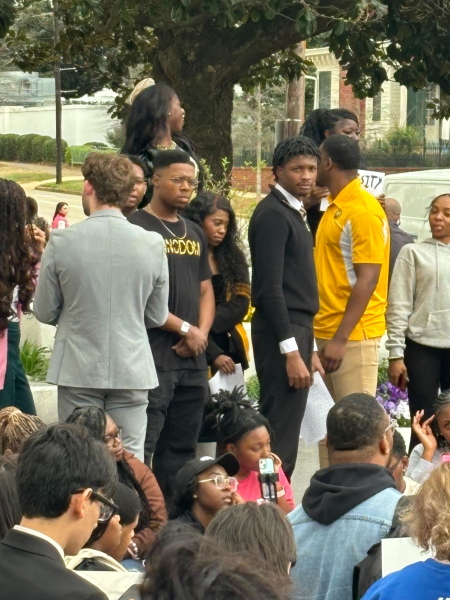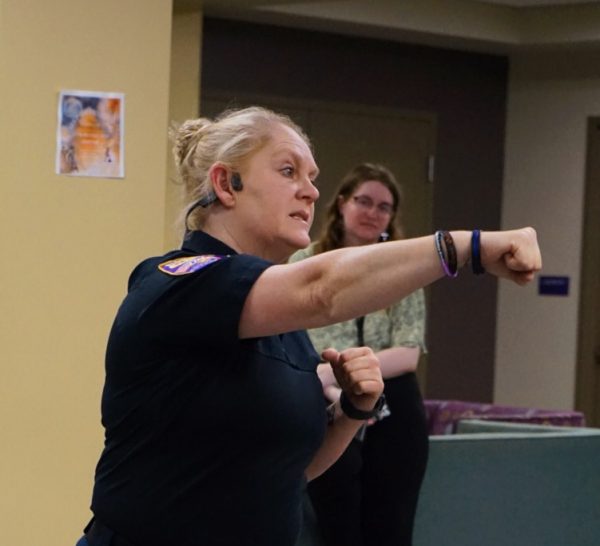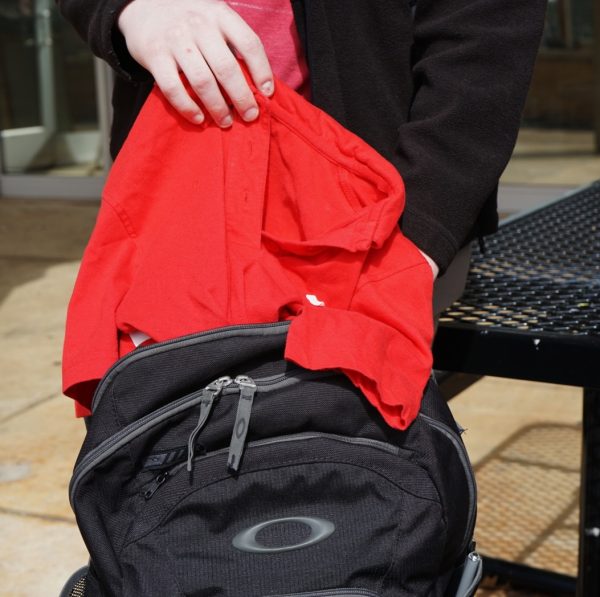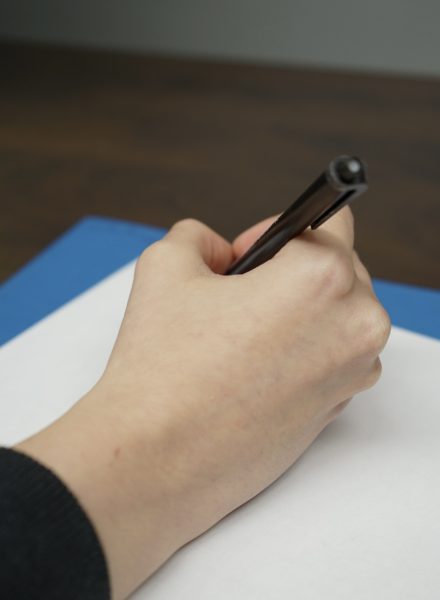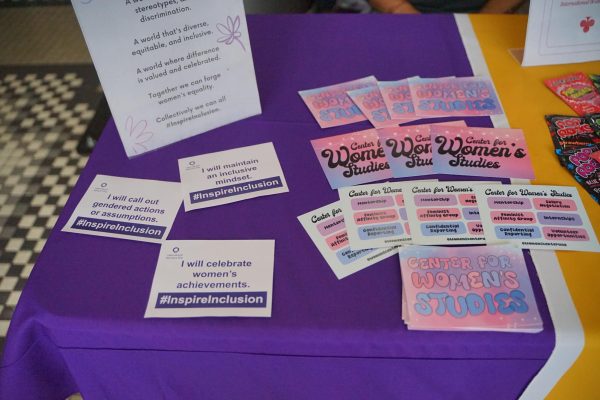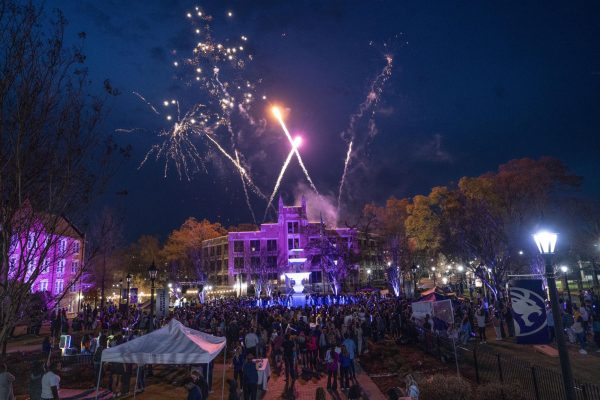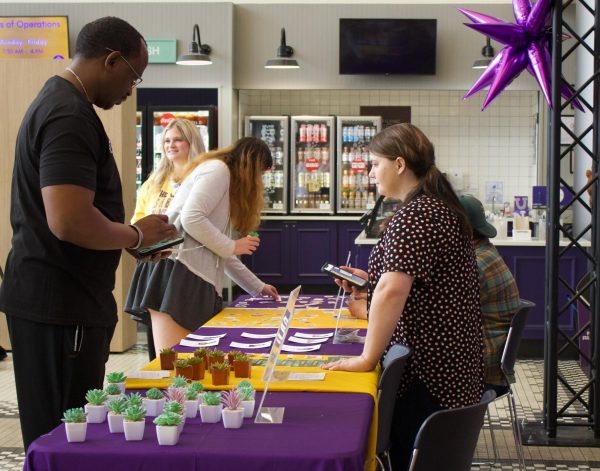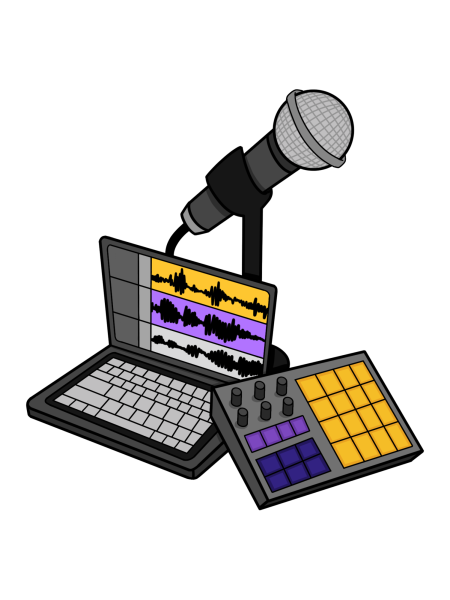Physics students to build UNA’s first radio telescope
February 3, 2011
A group from the Society of Physics Students will soon begin construction on UNA’s first radio telescope, according to assistant professor of physics Dr. Mel Blake.
The team, which is led by UNA student Daniel Johnson, is constructing the telescope together after Blake and Johnson found plans for the telescope on the Massachusetts Institute of Technology’s (MIT) website.
“Haystacks at MIT published notes to build the telescope and we just needed funding,” said Johnson about how the project began. The group received around $450 in funds from the Student Activities Fee to start the project.
The radio telescope will be made mainly of two small satellite dishes, which are the same dishes that television companies like DirecTV use. Though the two dishes are small, they will be wired and placed in a way that will give the team similar data to what a larger disc would provide.
The radio telescope will provide many opportunities for students and Blake, including the ability to observe the stars at almost any time.
“We can’t observe with the visual telescopes when it’s windy or cloudy,” said Johnson. “With the radio telescope, you can see when it’s cloudy or at noon.”
The radio telescope gathers data and images by monitoring radio waves, and can pick up data that the typical visual telescope cannot pick up, including stellar objects that are obscured by dust clouds.
“I’d like to get students out of just using optical telescopes,” said Blake, who believes the future of astronomy lies beyond just observing what can be seen.
According to Blake, modern astronomers take data from many different sources, including radio, gamma rays and X-rays. He said that a radio telescope will be a valuable tool for students, as a way to transition from the usual optical telescope to other types of tools.
“Once we have students that worked on doing one [project], we can have a knowledge base to build on,” said Blake.
He said that once the radio telescope is constructed, the students will continue to work on, improve on and learn about the telescope.
According to Johnson, the main strength of this radio telescope is its versatility and astonishing mobility. This type of radio telescope can easily be picked up, loaded into a car and taken anywhere the team needs it to go.
A major goal of this project, said Johnson, is to construct a tool that can be used to teach others about astronomy. The group is planning to take the radio telescope to high schools throughout the area to show the students that astronomy is more than just looking at the stars.
The telescope will probably be finished by this semester, though the team will be working through the next semester to troubleshoot and test it.
Currently, the team consists of Daniel Johnson, Kenji Dohki, Shigeo Kawaguchi and Jessie Leslie, along with Blake acting as an adviser on the project.
The team welcomes any other students who are interested in helping with the construction of the telescope.


